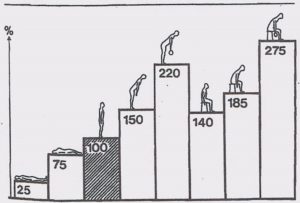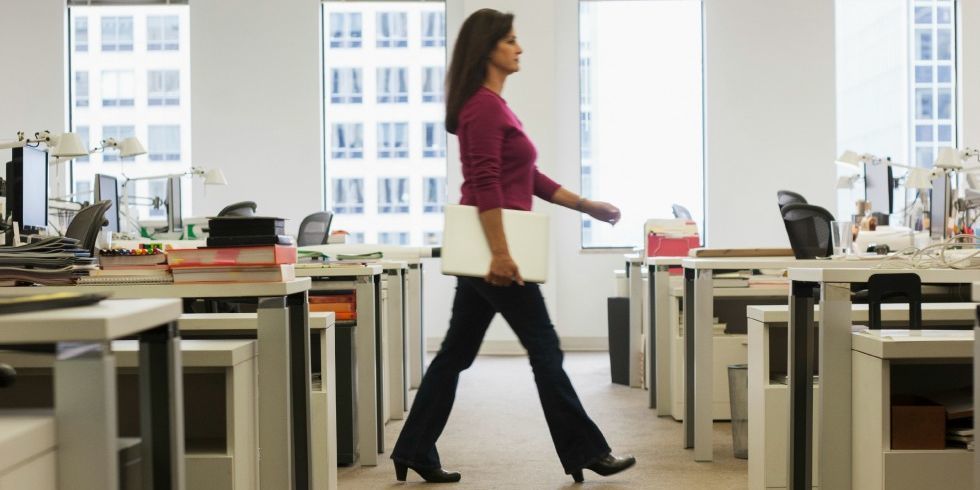Sitting is becoming more prevalent while at work, and having a sedentary desk job can result in sitting for around 8 hours a day. This position actually increases the load on your spine more than standing. Spinal pressure “sits” around 140mm pressure. If you slouch (I’m talking to you, Desk Slouchers!), spinal pressure increases to 190mm; add some weight and you’ve put a whopping 275 pounds of pressure on your spine.
No wonder all of your teachers told you to sit up straight!

Low back pain (LBP) is the second most common cause of disability in US adults1 and a common reason for lost work days. Over 80 percent of the population will experience an episode of LBP at some point2. Those who encounter LBP once in their lifetime increase their chance of having back pain again by 85%. There are some risk factors that we cannot avoid due to genetics, and some we can avoid that will assist in preventing back pain.
These risk factors include:
Non-genetic:
- Flexibility
- Core strength
- Body awareness
- Proper lifting techniques
- Body weight
Genetic:
- Age
- Disc Degeneration
- Gender
- Body build
Looking at the chart above, we can see that sitting can be a leading cause to back pain, or make active back pain worse. Remaining in this static position can cause strain on your back, neck, shoulders, and legs. Slouching in a seated position can overstretch the spinal ligaments and cause tension along the nerves and structural components of the spine. Let’s review some techniques to help overcome unwanted back pain.
Tips for back pain:
- Get up periodically and stand/walk around to relieve pressure on your spine
- Stretch hip and posterior thigh muscles to reduce tension along the back
- Strengthen the core to provide additional support
- Exercise to assist in improving body weight to lessen additional load on the spine
- Use a lumbar roll behind your back when sitting to improve seated posture

Still having back pain?
Schedule an initial evaluation with a Physical Therapist so they can determine the root of the problem. During this evaluation, the therapist will be able to decide whether your pain is a source of nerve root irritation, discogenic, postural related, or musculoskeletal. After arriving with the consensus of the problem, we will be able to use many techniques to relieve the back pain. These include: manual therapy, therapeutic exercise, dry needling, and postural recommendations.
- From the Centers for Disease Control and Prevention. Prevalence of disabilities and associated health conditions among adults–United States, 1999. 2001;285(12):1571–1572.
- Rubin DI. Epidemiology and risk factors for spine pain.Neurol Clin. 2007;25(2):353–371.
To learn more about the author of this blog, click here: Dr. Jon Grygalonis

